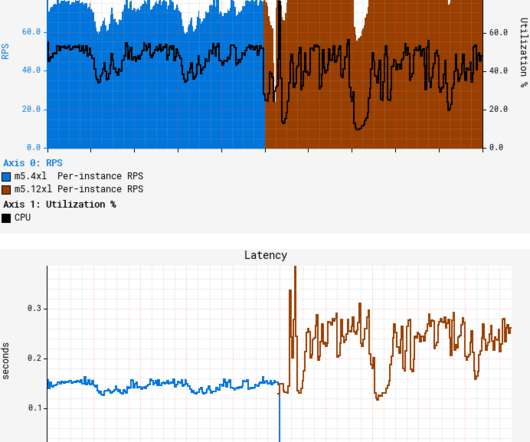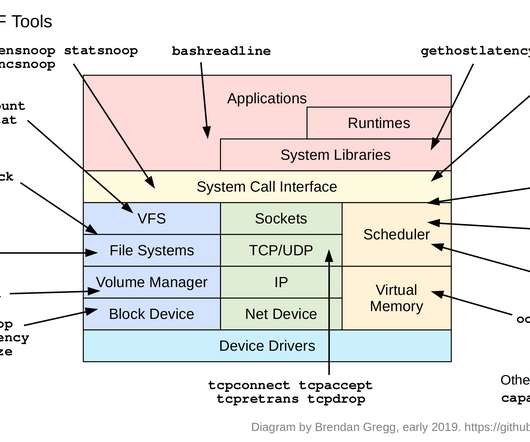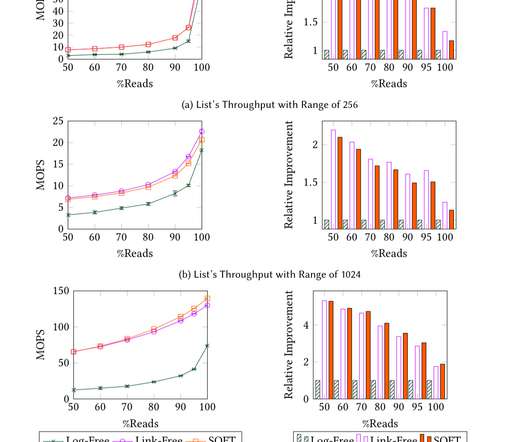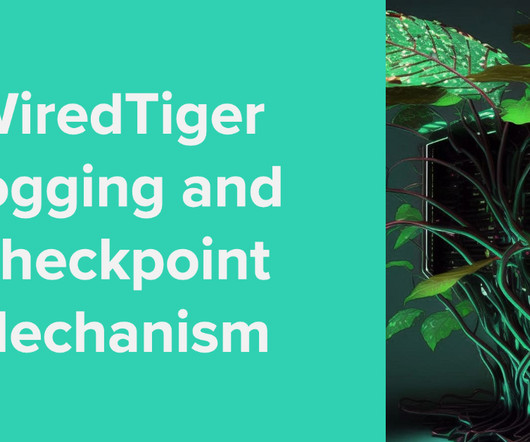Compress objects, not cache lines: an object-based compressed memory hierarchy
The Morning Paper
MAY 23, 2019
Compress objects, not cache lines: an object-based compressed memory hierarchy Tsai & Sanchez, ASPLOS’19. Today’s paper introduces Zippads , which compared to a state of the art compressed memory hierarchy is able to achieve a 1.63x higher compression ratio and improve performance by 17%. ” The big idea. Implications.




































Let's personalize your content